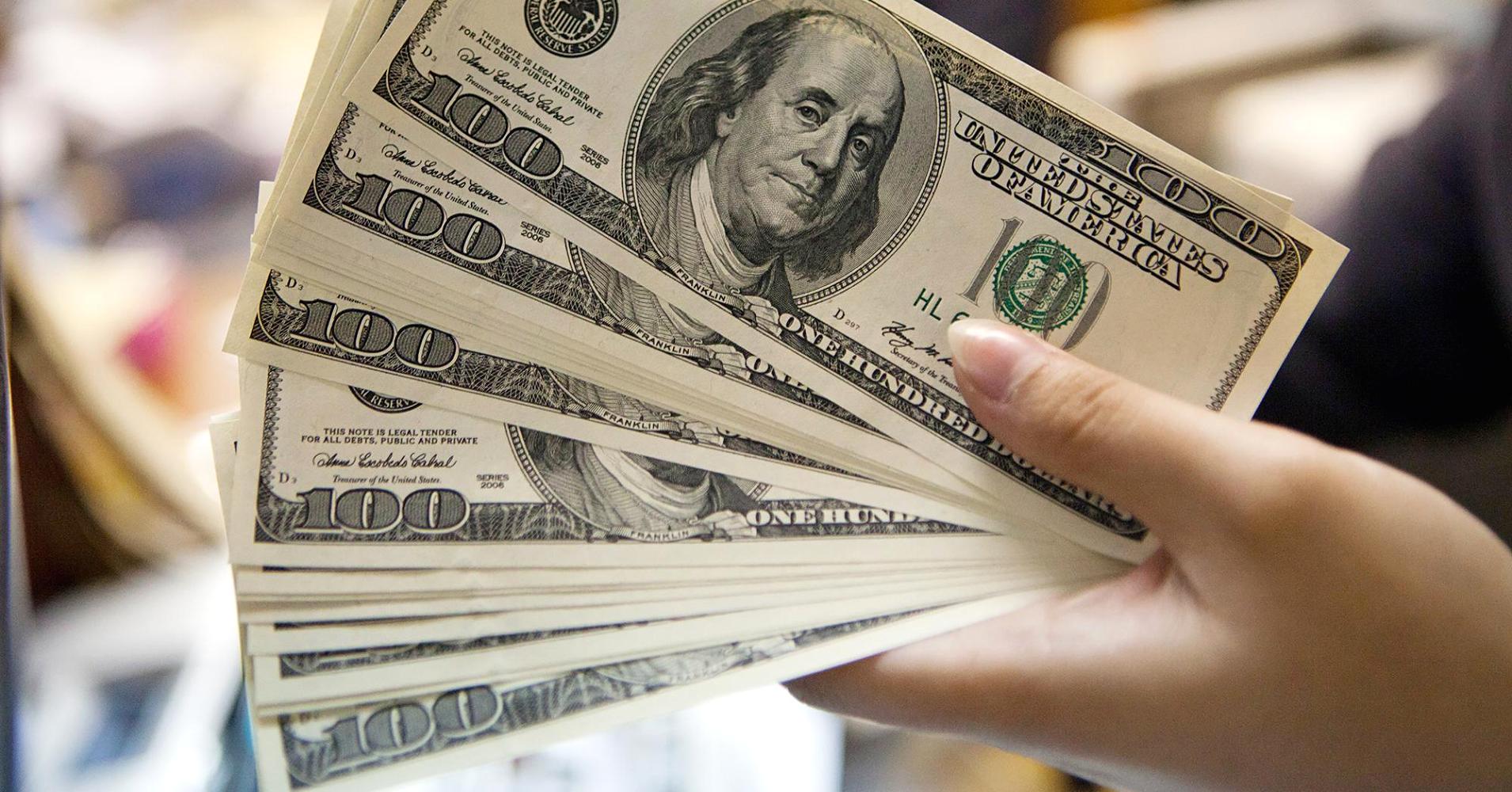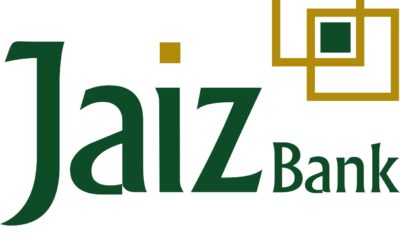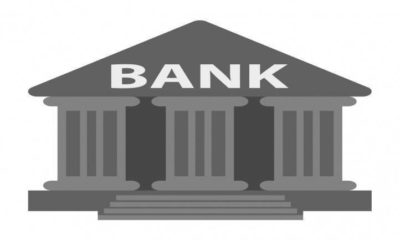In the aftermath of the first US presidential debate, the dollar saw an uptick in Asian trading on Friday as markets perceived former President Donald Trump as the debate’s victor.
The Bloomberg gauge of the US currency rose by as much as 0.2% before the movement pared back, positioning the index for its sixth consecutive weekly gain.
President Joe Biden’s stumbling performance during the early exchanges of the debate has raised concerns about his capability to secure a victory against Trump in the upcoming November election.
These concerns are echoed by Carol Kong, a strategist at Commonwealth Bank of Australia in Sydney, who stated, “Markets likely extrapolated today’s debate outcome to the actual election outcome in November.”
Trump reiterated his pledge to impose 10% duties on imports if he wins the election, a policy expected to exert upward pressure on inflation.
This potential inflationary pressure could delay interest rate cuts that would otherwise weigh down the dollar.
“Trump’s policies are likely to add to inflationary pressures and escalate trade tensions, thereby supporting US interest rates and the safe haven US dollar,” Kong added.
The debate’s outcome also impacted other financial metrics. Asian currencies remained mostly steady, while the Mexican peso initially dropped almost 1% before recovering to a 0.2% loss.
Treasury yields edged higher, and US equity futures posted modest gains ahead of the Federal Reserve’s preferred inflation measure, due later on Friday.
Despite the rocky start for Biden, Vice President Kamala Harris emphasized that the President finished the debate strong.
However, PredictIt’s live betting odds shifted in Trump’s favor, with his chances of winning the November vote rising from approximately 53% to 58% after the debate.
While US consumer spending data due on Friday could lead to a short-term weakening of the dollar if it shows easing, the dollar is likely to remain robust into the following week.
Investors are bracing for election risks in France and the UK, according to Mahjabeen Zaman, head of FX research at Australia & New Zealand Banking Group in Sydney.
Market sentiment in Asian equities was largely positive, with most regional stock markets advancing during the debate.
Chinese benchmarks recovered from early losses and moved away from technical correction territory, as the absence of hawkish comments on China was seen as a positive surprise by traders.
The Hang Seng China Enterprises Index rose by as much as 0.8%.
Redmond Wong, market strategist at Saxo Capital Markets, described the outcome as a “positive surprise for this part of the world, but only moderately so.”
He added that the political consensus on dealing with China extends beyond the presidential candidates to Congress, suggesting that some escalation of tensions could still occur in the coming months.
Xin-Yao Ng, director of investment at abrdn, echoed this sentiment, stating that while the lack of hawkish comments on China was “probably a surprise,” the bipartisan stance on China policy means there is limited ground for the candidates to attack each other on this issue.

 Billionaire Watch3 weeks ago
Billionaire Watch3 weeks ago
 Startups4 weeks ago
Startups4 weeks ago
 News4 weeks ago
News4 weeks ago
 News4 weeks ago
News4 weeks ago
 Bitcoin4 weeks ago
Bitcoin4 weeks ago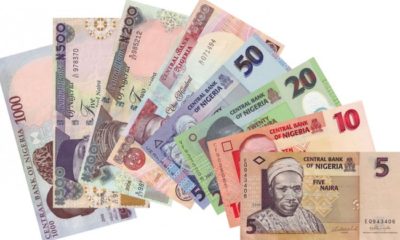
 Naira4 weeks ago
Naira4 weeks ago
 Forex3 weeks ago
Forex3 weeks ago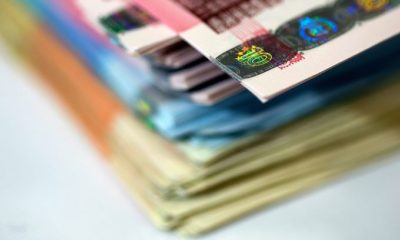
 Treasury Bills4 weeks ago
Treasury Bills4 weeks ago
